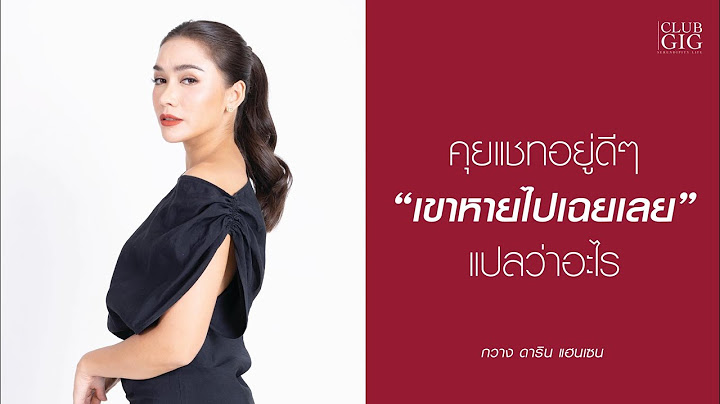At the moment the Queen died, the throne passed immediately and without ceremony to the heir, Charles, the former Prince of Wales. But there are a number of practical - and traditional - steps which he must go through to be crowned King. He will be known as King Charles III. That was the first decision of the new king's reign. He could have chosen from any of his four names - Charles Philip Arthur George. He is not the only one who faces a change of title. Prince William and his wife Catherine are now titled Duke and Duchess of Cornwall and Cambridge, and the king has
conferred on them the title of Prince and Princess of Wales. There is also a new title for Charles' wife, Camilla, who becomes the Queen Consort - consort is the term used for the spouse of the monarch. Charles was officially proclaimed King on the Saturday following the
Queen's death. This event took place at St James's Palace in London, in front of a ceremonial body known as the Accession Council. This was made up of members of the Privy Council - a group of senior MPs, past and present, and peers - as well as some senior civil servants, Commonwealth high commissioners, and the Lord Mayor of London. The Accession Council has two parts and King Charles was only present for
the second. Around 200 privy counsellors attended the ceremony - the same number who attended the last Accession Council in 1952. In the first part of the meeting, the death of Queen Elizabeth was announced by the Lord President of the Privy Council (currently Penny Mordaunt MP), and the proclamation was read aloud. It included a series of prayers and pledges,
commending the previous monarch and pledging support for the new one. The proclamation was then signed by a number of senior figures including the prime minister, the Archbishop of Canterbury, and the Lord Chancellor. It was read aloud from a balcony above Friary Court in St James's Palace and for the first time since 1952, the national anthem was played with the words "God Save the King". The King's first declarationKing Charles attended the second meeting of the Accession Council, along with the Privy Council. This was not a "swearing in" at the start of a British monarch's reign, in the style of some other heads of state, such as the president of the US. Instead the King made a declaration to uphold the constitutional government and - in line with a tradition dating from the early 18th Century - he made an oath to preserve the Church of Scotland. Image source, Getty Images Image caption,Queen Elizabeth II crowned her son Charles as Prince of Wales in 1969 After this the Accession Council concluded. The proclamation announcing Charles as the King was later read out in Edinburgh, Cardiff and Belfast. The coronationThe symbolic high point of the accession will be the coronation, when Charles is formally crowned. Because of the preparation needed, the coronation is not likely to happen very soon after Charles's accession - Queen Elizabeth succeeded to the throne in February 1952, but was not crowned until June 1953. For the past 900 years the coronation has been held in Westminster Abbey - William the Conqueror was the first monarch to be crowned there, and Charles will be the 40th. It is an Anglican religious service, carried out by the Archbishop of Canterbury. At the climax of the ceremony, he will place St Edward's Crown on Charles's head - a solid gold crown, dating from 1661. This is the centrepiece of the Crown Jewels at the Tower of London, and is only worn by the monarch at the moment of coronation itself (not least because it weighs a hefty 2.23kg - almost 5lbs). Unlike royal weddings, the coronation is a state occasion - the government pays for it, and ultimately decides the guest list. Image source, Mirrorpix / Getty Images There will be music, readings and the ritual of anointing the new monarch, using oils of orange, roses, cinnamon, musk and ambergris. The new King will take the coronation oath in front of the watching world. During this elaborate ceremony he will receive the orb and sceptre as symbols of his new role and the Archbishop of Canterbury will place the solid gold crown on his head. Head of the CommonwealthCharles has become head of the Commonwealth, an association of 56 independent countries and 2.5 billion people. For 14 of these countries, as well as the UK, the King is head of state. These countries, known as the Commonwealth realms, are: Australia, Antigua and Barbuda, the Bahamas, Belize, Canada, Grenada, Jamaica, Papua New Guinea, St Christopher and Nevis, St Lucia, St Vincent and the Grenadines, New Zealand, Solomon Islands, Tuvalu. Image source, Getty Images ©All photographs are copyright The BBC is not responsible for the content of external sites.
What is Charles full Name?Charles Philip Arthur George
What is Charles tool?Charles is a web proxy (HTTP Proxy / HTTP Monitor) that runs on your own computer. Your web browser (or any other Internet application) is then configured to access the Internet through Charles, and Charles is then able to record and display for you all of the data that is sent and received.
Who is Charles Schwab?(born July 29, 1937) is an American investor and financial executive. He is the founder and chairman of the Charles Schwab Corporation. He pioneered discount sales of equity securities starting in 1975. His company became by far the largest discount securities dealer in the United States.
Will Charles get a new crown?So, yes, King Charles will wear the exact same crown that his mother, Queen Elizabeth II, wore throughout her reign. In 2018, Queen Elizabeth revealed to the world that she had to have the crown resized for her own coronation.
|

กระทู้ที่เกี่ยวข้อง
การโฆษณา
ข่าวล่าสุด
การโฆษณา
ผู้มีอำนาจ
การโฆษณา
ถูกกฎหมาย
ช่วย

ลิขสิทธิ์ © 2024 th.apacode Inc.




















